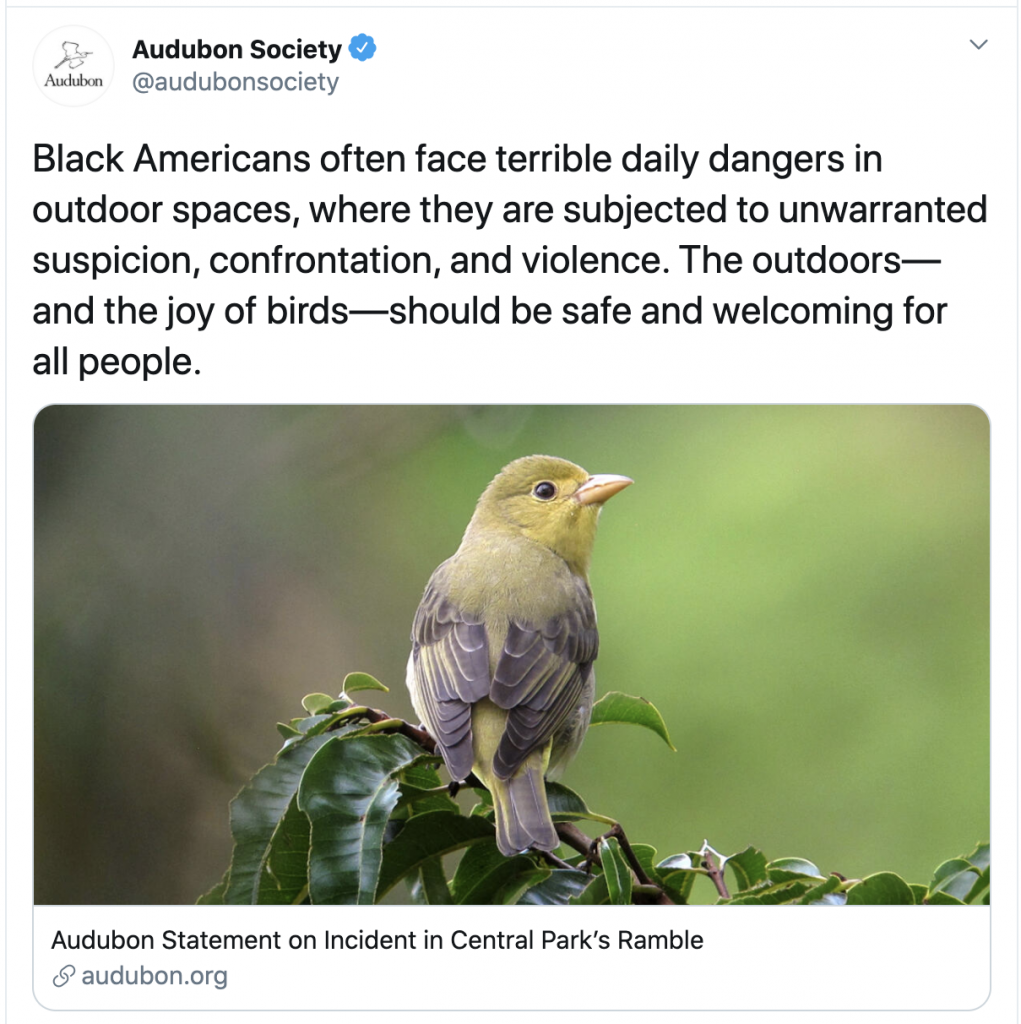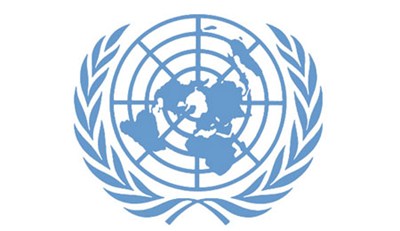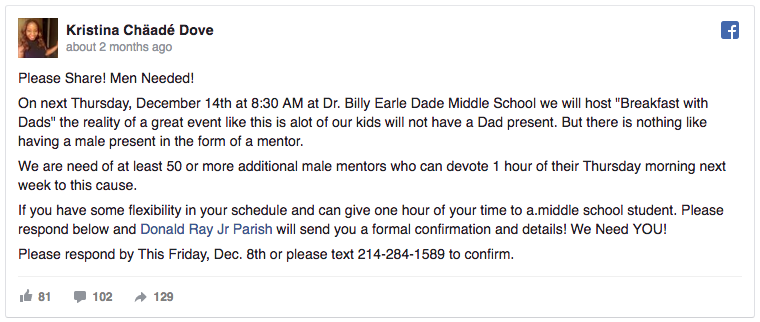High turnover of volunteers at a nonprofit, NGO, community program, etc., usually is not a good thing. But I hear nonprofits often talk about how they don’t want to lose any volunteers, or how they see a large number of volunteers leaving as an automatically negative thing.
No volunteer is forever. People’s lives change: they get married, get divorced, have babies, get new jobs, move, have a change in their health, have new caregiving responsibilities, develop new interests and on and on. Their interests also change: they may decide they want to do something that your organization doesn’t offer – work with animals, develop web sites, mentor young people, do outdoor service projects – and all of those changes are fine and normal.
Absolutely, you should do exit interviews when a volunteer formally quits, and surveys of former volunteers that stopped signing up to help, to find out if there is an issue you need to address. And if you see a problem – complaints about a toxic work environment, or volunteers being asked to do too much, or volunteer burnout – you need to address those.
But some volunteering turnover should not only be expected, it should often be welcomed. Volunteer cliques don’t welcome new members and exclude volunteers that are different than the clique’s status quo – so if you have a lot of long-term volunteers, is it really a sign that you do a great job of supporting and engaging volunteers or is it that you’ve created or enabled an unwelcoming clique of volunteers? How volunteers do what they do needs to evolve with the times: there are approaches that worked previously that don’t now, and new approaches that need to be considered and explored – is your lack of turnover really a sign of stagnation of ideas and methods?
I saw this message posted to social media from someone talking about an event that is staffed primarily by volunteers.
Longtime volunteers feel pride & ownership in what they do (which is generally great). But because they feel ownership, they dismiss any suggestion to change anything they do, even when that would help the event & the organization.
I’ve heard this complaint by managers of volunteers for many nonprofit initiatives, especially animal shelters, thrift stores and rural firehouses. Volunteer ownership is a blessing for the commitment and responsibility it can inspire, but it also can be a curse, for the inflexibility and unwelcomeness it can cultivate.
Maybe it’s not such a bad thing if you lose some volunteers because you introduced more thorough safety policies, or because the volunteers wanted to rally around a volunteer who was dismissed for sexually-harassing clients or other volunteers. Maybe it’s not such a bad thing if you lose some volunteers because you now require them to go through a training to better protect and serve clients. Maybe it’s not such a bad things to lose some volunteers who don’t like your new focus on inclusion and diversity. Maybe it’s not such a bad thing if you lose some volunteers who are opposed to all change and like to say, “But we’ve always done it THIS way…”
Do you think some annual turnover of volunteers at a nonprofit might actually be a good thing? Comment below.
Also see:
- The key to retaining volunteers.
- Diagnosing the causes of volunteer recruitment problems.
- Nine plus four emerging volunteer engagement trends (a VERY different list than you will read elsewhere).
- Recruiting Local Volunteers To Increase Diversity Among the Ranks.
- Mission statements for your volunteer engagement.
- Letting Fear Prevent Volunteer Involvement is Too Risky.

If you have benefited from this blog or other parts of my web site or my YouTube videos and would like to support the time that went into researching information, developing material, preparing articles, updating pages, etc. (I receive no funding for this work), here is how you can help.











